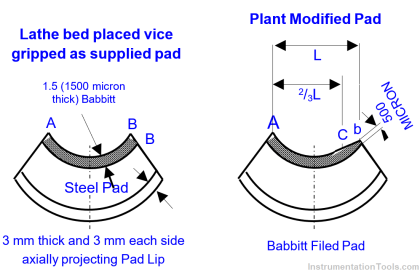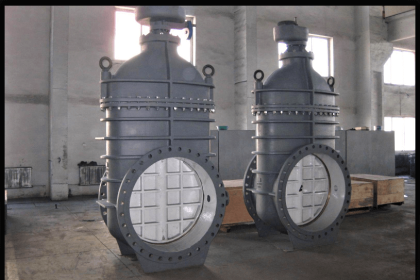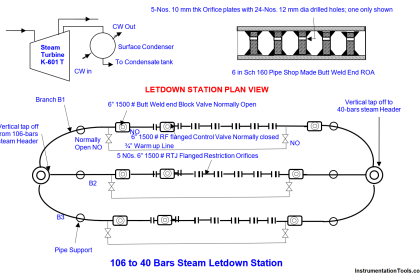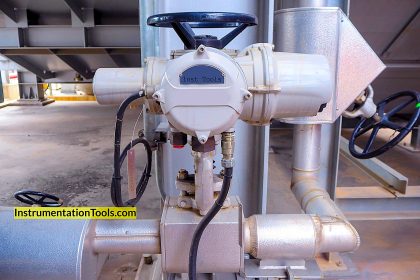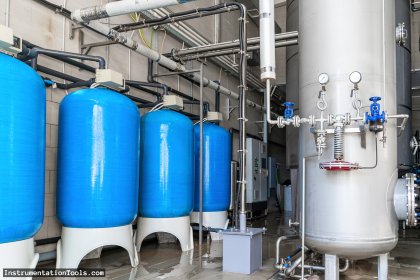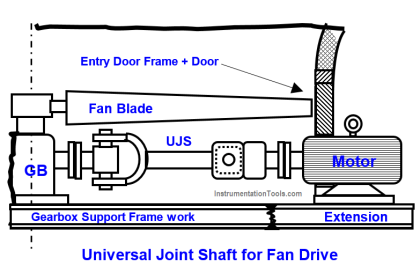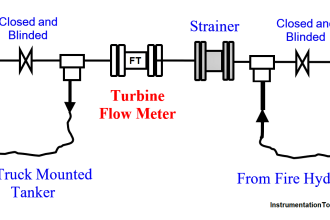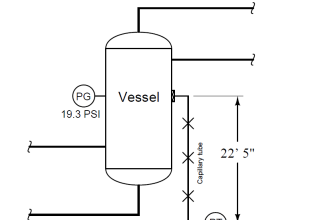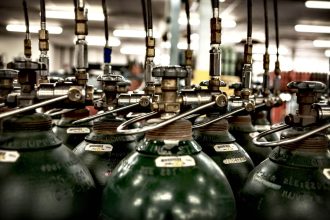Instrumentation engineering root cause analysis of thermocouple wires and extension lead cables issues and their solutions.
| Article Type: | Root Cause Analysis (RCA) |
| Category: | Instrumentation |
| Equipment Type: | Sensors |
| Author: | S. Raghava Chari |
Note: This root cause analysis (RCA) is from real-time scenarios that happened in industries during the tenure of two or three decades ago. These articles will help you to improve your troubleshooting skills and knowledge.
Thermocouple Wires and Extension Lead Issues
Thermocouple (TC) flange fire had burnt the 48-pair Chromel-Alumel extension cable connecting the TCJB to the control room instruments 110 m long ELC 50-m length also.
Airfreight from US takes min ten months because of the 4-months long import license procedure, vendor 6 months delivery time and the severely warned for a past ordering awaiting import license offence a compressor critical spare part shy plant.
Vendors quoted min 6-months delivery and no plants could loan or sell.
Author Solution
The author developed below given steps solved the difficult unresolvable despairing problem (DUDP).
- The TCJB to Inst Panel each EL wire run length was 110 meters; hence, the plant rush purchased 240 m long 24‑core 1.5 mm2 copper cable – a nearby plant’s non-moving surplus – in six hours
- The plant’s electrical contractor laid two 120 m 24-cable runs on existing cable trays, dressed the ends, terminated end 1 at the TCJB terminals and the other end at the control room Marshalling box terminals.
- In addition, he laid a single pair chromel-alumel ELC from TCJB on the same tray cutting enough length out of the EL drum containing remains after use for problem 19
- The author explained his scheme to the copper cable order aghast all persons particularly the instrument engineers using table 1, and Fig 15. While many were convinced few had a lurking doubt, which he cleared patiently after the emergencies were over and plant normalization.
- Instrument Crew modified the from the marshalling box to TR and TI wiring according to fig 15.
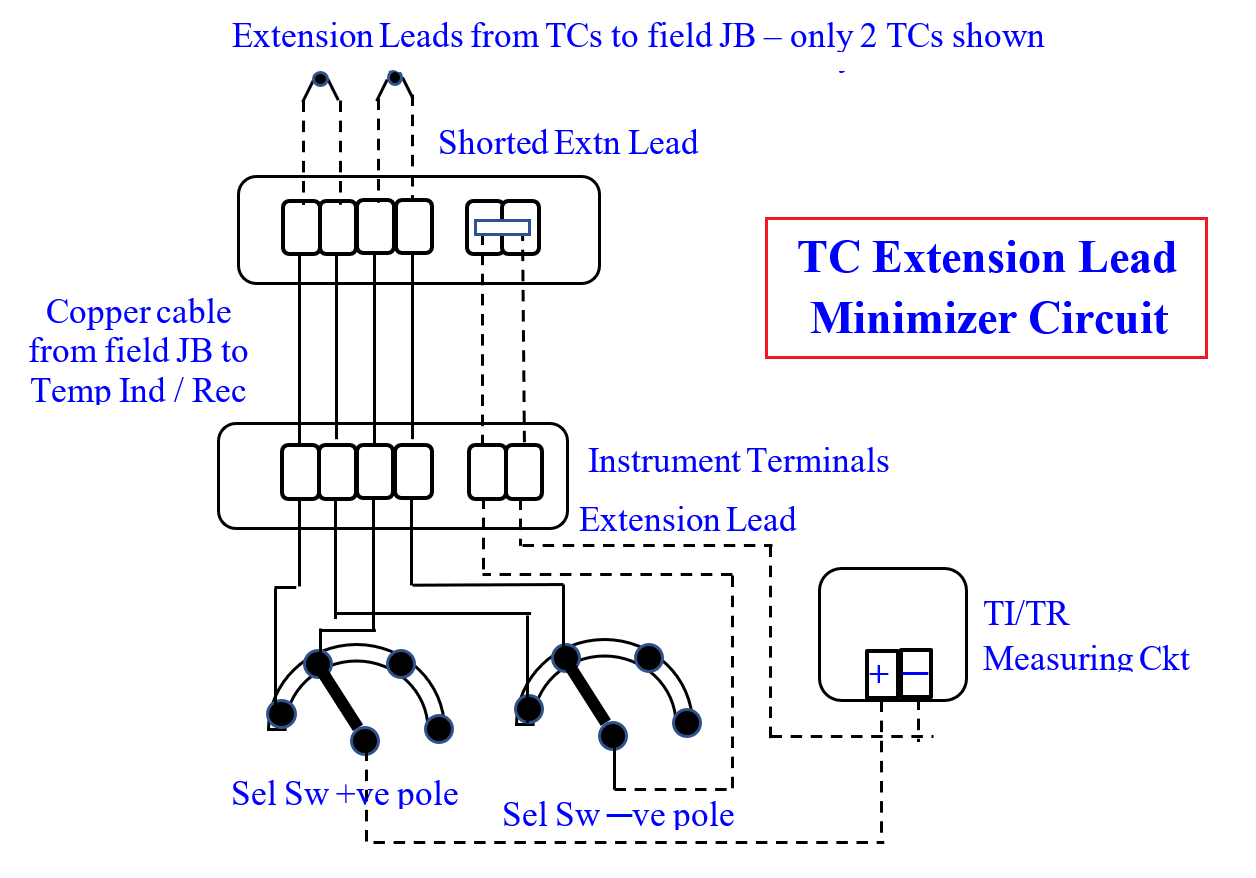
The Above-Described Modification Working: Table 1 explains it!
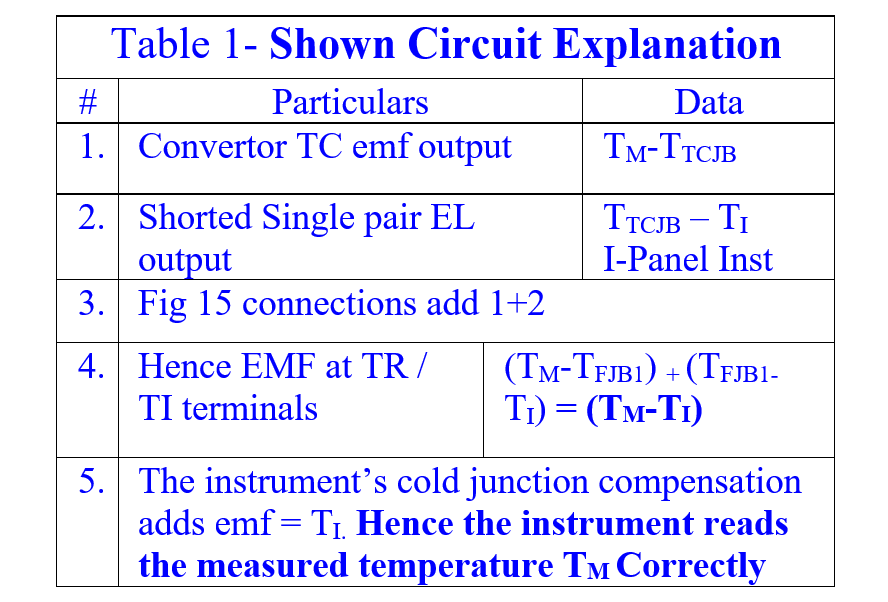
Benefits Realized: Benefits Realized are:
- The plant averted a yearlong wait for the imported 48 pair ELC to conventionally collect TCs to the TR / TI and the consequent yearlong total plant SD
- The author’s fig 15 innovative connections averted item 1 and started the yearlong wait and the plant started just after 5-days outage
- The copper cable’s 1/3 the ELC costs saved Rs 300, 000, besides completing the task in hand immediately, averting the yearlong wait
- Instrument crew and supervisors learnt that innovatively applying job knowledge solves most critical and seemingly unresolvable problems.
Hence, instrument and other disciplines engineers and crew took an oath to relentlessly increase job knowledge by
- Refreshing school/college learned matter periodically,
- Being more diligent and attentive in in-house and external training programs,
- Studying vendor literatures, tech journal articles and ads, and applying these to solve even seemingly unresolvable problems.
- Consider suggestions regardless of the suggester’s hierarchical position, qualifications, experience etc.
- Implement them after thoroughly checking the aspects of safety, conformance to good engineering practices and standards, implementing ease, durability, and cost.
This Situation Extension Lead Optimizer Circuit
While writing this article below given ‘This Situation Extension Lead Optimizer Circuit’ (fig 2), a simpler, materials conserving, and more economical solution.
- Remove and dispose of the burnt ELC portion from TCBJB
- Name the convertor vicinity TCJB TCJB1
- Just install a 48 terminals strip fitted TCJB2 on a suitable pillar
- Wire TCJB1 48 terminals to TCJB2 48 terminals (fig 2) using the bought-out copper cable pieces – see item 5
- A plant offered to 60 -70 m long 24‑core 1.5 mm2 copper cable two lengths at very low Rs 60 K prices, to cash a non-moving surplus item.
- Cable vendors declined selling short lengths; their delivery time for 1 km drum copper cable costing around Rs. 100000 was 12 months.
- An instrument technician guided the contractor and ensured proper terminations as per fig 2.
- Install a bought out 1” Monoblock blower, wire it, and 1” PVC pipe it to circulate TCJB1 air → TCJB 2 →TCJB1(fig 2) to equalize TCJB1 and TCJB2 temperatures always
- Table 2 explains the Fig 2 shown new error free temp measurement despite using copper wires for part of the circuit, based on the TC Intermediate Metals law – see problem 19.
- Temp measurement small errors say 5 O C are acceptable as operators maintain the catalyst bed temperatures to maximize ammonia content in the convertor effluent. In case it is too low they increase the bed temp by reducing quench till NH3% increases no more and bed temp also no higher than the limit temp.
The above-described modification working:
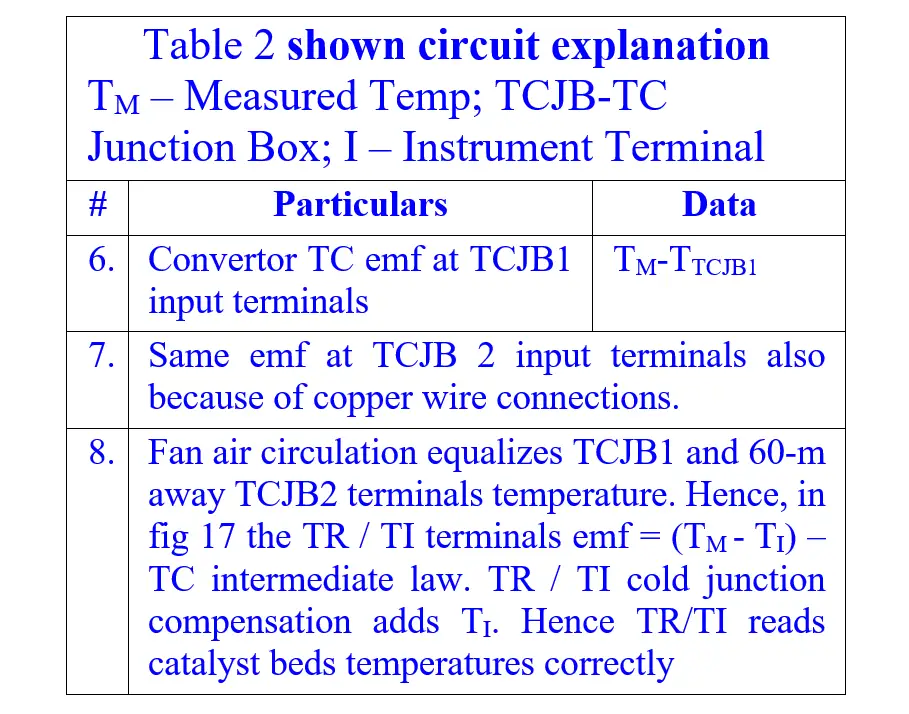
The above is the author’s own idea and he finds no literature description or none using it.
Hence, he requests readers to apply their minds to find out flaws if any in the scheme and publish it so that all could use this ‘Extension Lead Optimizer Circuit’ and realize the below-listed benefits.
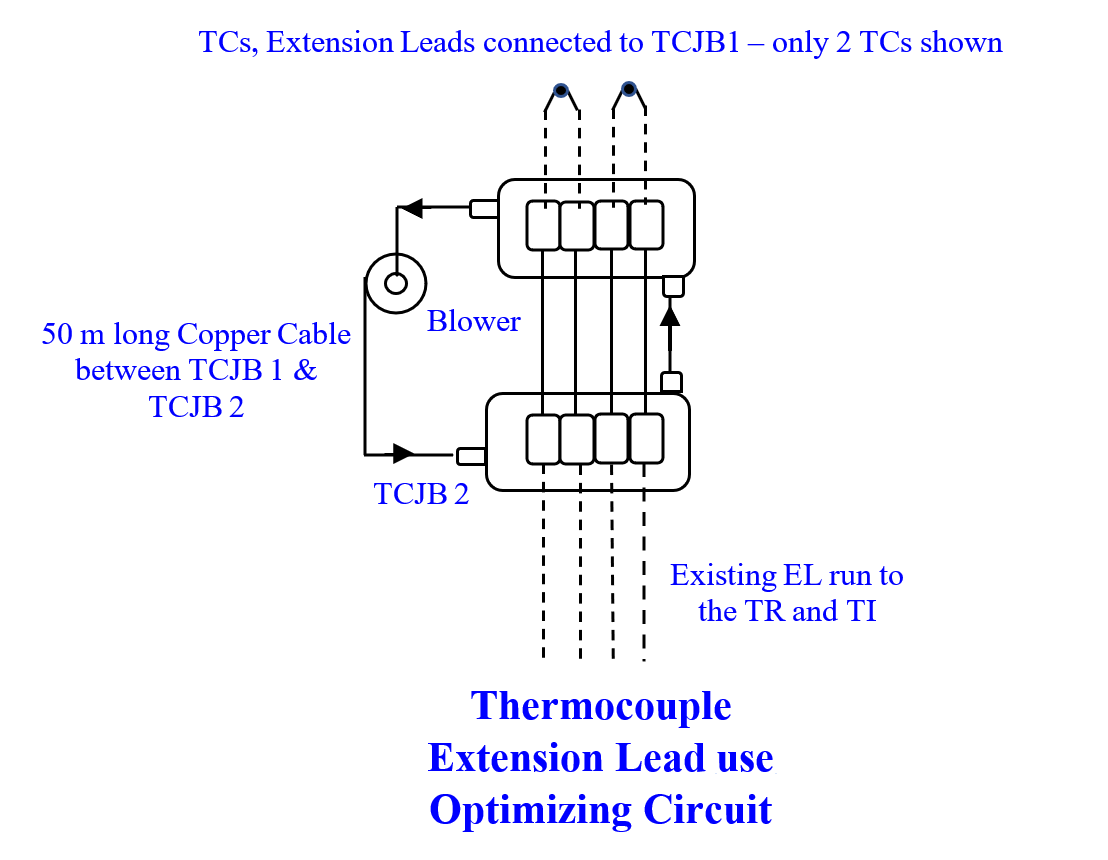
Benefits Realized
Benefits Realized are:
- This solution is more economical than method 1 because:
- The unburnt ELC portions are still in use. On the other hand, in method 1 they are rotting in the warehouse open yard as a non-moving spare awaiting some purchaser
- This circuit involves the least and very simple wiring
- Only 2 60-70 m long Copper cable lengths costing just Rs 60,000 suffice instead of the 240 m long copper cable – considerable money savings
- Instruments’ internal circuitry modification is absent. Many plants crews may not be familiar with such intricate and uncommon tasks
Conclusion
This and the other case studies show how instrumentation ties so closely with the plants’ overall activities. Hence, instrument engineers must not only enhance instrumentation knowledge but also increase their overall plant knowledge.
This will not only enable solving many instrumentation problems as the case studies show, but will also ensure instrument engineers’ career growth to the plant’s top management positions.
Author: S. Raghava Chari
Do you face any similar issues? Share with us through the below comments section.
If you liked this article, then please subscribe to our YouTube Channel for Instrumentation, Electrical, PLC, and SCADA video tutorials.
You can also follow us on Facebook and Twitter to receive daily updates.
Read Next:
- Actuator Diaphragm Bursts
- Control Valves Leak Tightness
- Thermocouple Extension Leads
- Control Valve Gland Leaks
- Pitot-tube Replaced with Orifice

